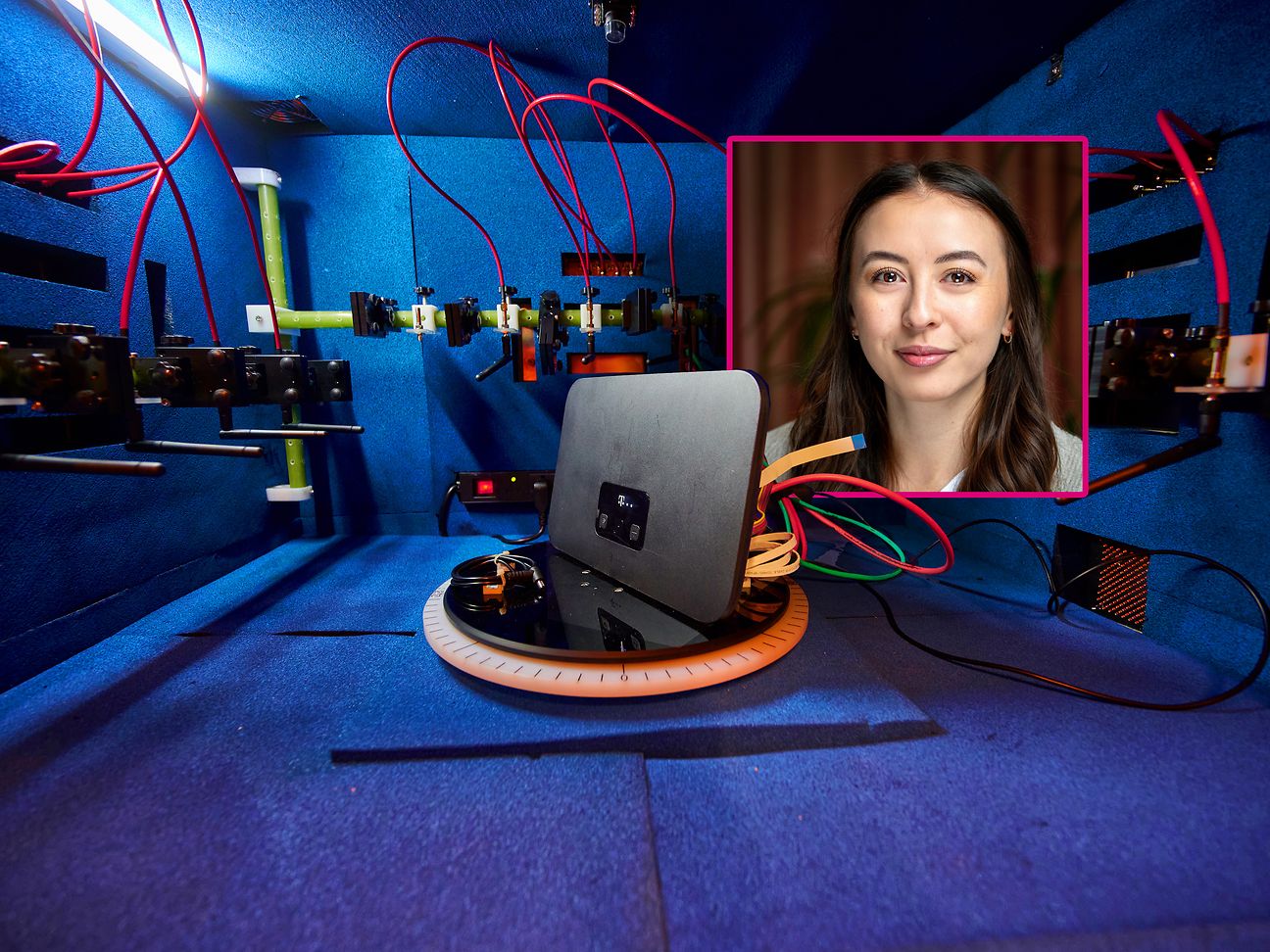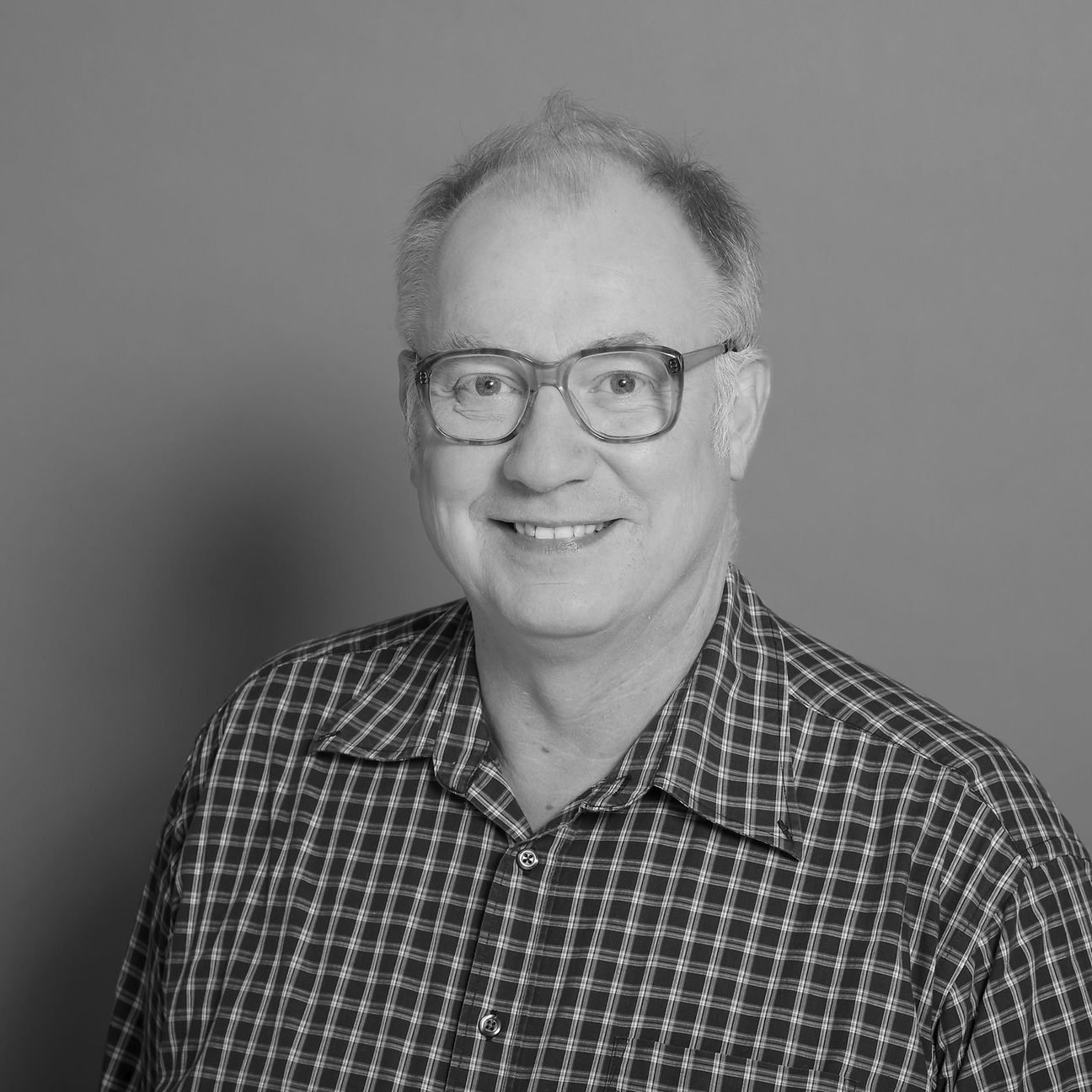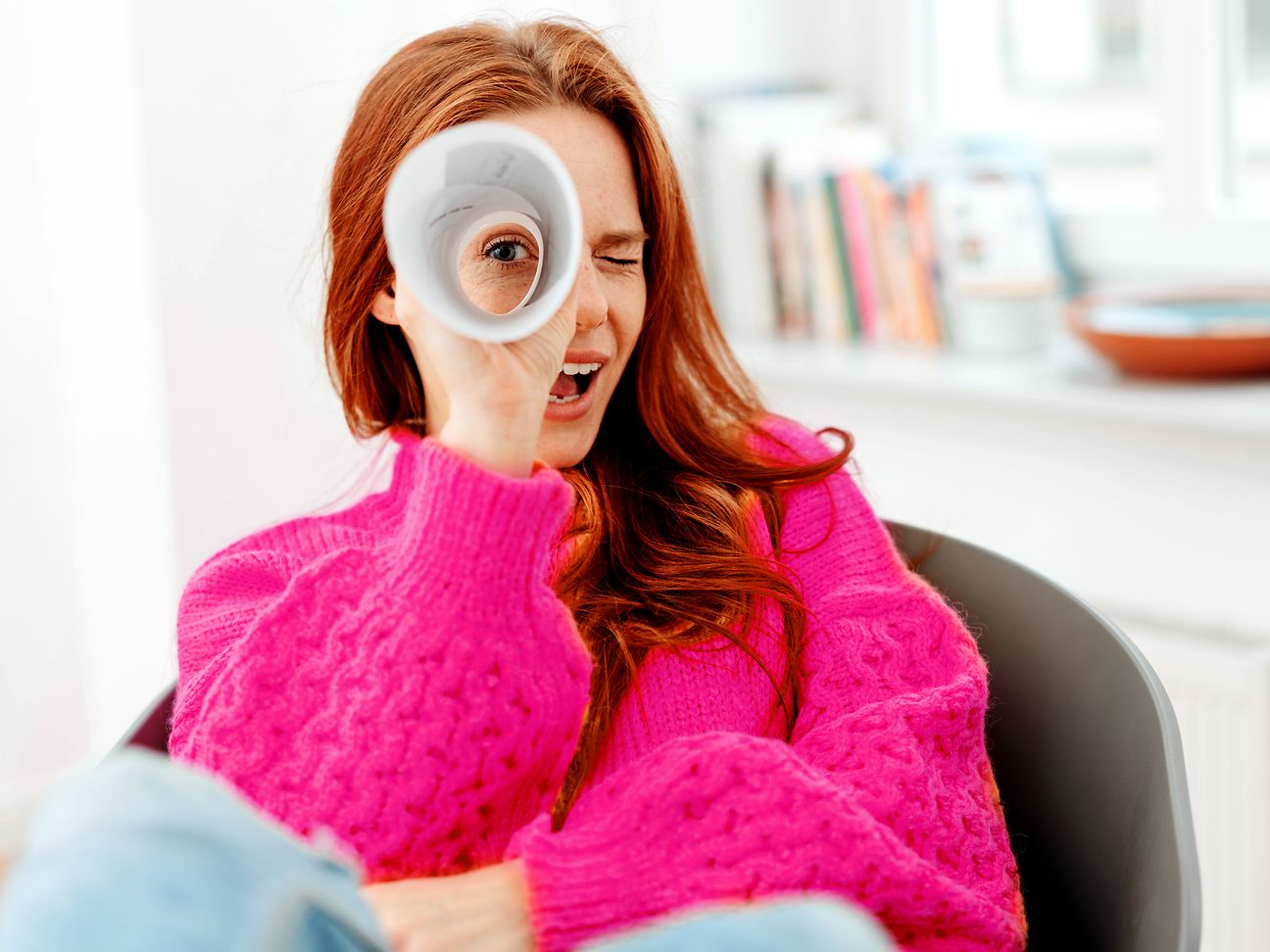

Sophie Ingram and her team are responsible for the quality of future router software. The 27-year-old joined the Group in 2022 because Deutsche Telekom is now taking software development for the devices into its own hands. In the interview, Sophie describes how this motivates her. And reveals what the big steel box in the Darmstadt test lab is all about.
How do you explain to your friends and family what you do at Telekom?
Sophie: (laughs) It's very simple. Like this: "Look, you know you have this device where the WiFi comes from. So, I'm working with my colleagues to make these devices work perfectly." And I usually give them tips on how best to position their routers in the home - for example, not behind plants or the TV.
Deutsche Telekom is now breaking new ground in terms of router software. Can you summarize that for the readers, please?
Sophie: We are developing much more software ourselves and testing everything ourselves. To do this, we are freeing ourselves from the manufacturers who have been supplying us with software and hardware in a ready-made package up to now. At the same time, Deutsche Telekom has joined a global community of developers by joining the Reference Design Kit, or RDK for short. RDK is a consortium of home network device manufacturers. Our teams now work together with others on standard functions such as firewall, telephony and WLAN - and everyone shares the work: a give and take, and much faster than if everyone worked alone. We only build exclusive Magenta services completely on our own. The first Deutsche Telekom NatCo to use our software according to this principle is T-Mobile Poland. Other countries will follow, and a uniform software basis will then be used everywhere - which is very practical for us as Deutsche Telekom.
So in the future, there will be no need to go via the manufacturers to get new applications onto the router ...
Sophie: Exactly, which is great! It's an exciting step in the industry. Our group is leaving the beaten track and taking the reins in software. For me, that was a reason to switch professionally to Deutsche Telekom, to work for such a pioneer and to help shape the future. The move makes us more flexible and faster. It gives customers better quality and new applications. And it frees us software experts from old shackles.
In what way?
Sophie: You see, behind every application there is programming that builds on each other. If you test after step one and discover errors, you fix them and then continue programming. And so on. But if you test at step 20 and find that something doesn't fit at step one, you start all over again.
I remember a cabinet that I once built myself according to the instructions. Then I had to take it apart again because I had put the back panel in the wrong way round at the beginning ...
Sophie: That's kind of what we've been doing with router software. There were only a few slots at the end to test with the manufacturers. Now we do it ourselves. The developers constantly access our test lab in Darmstadt for this purpose.
You've set up a lot of technology there.
Sophie: Yes, to test software for all the new-generation routers that are available in the European national companies. And also for all types of connection, fiber optics as well as DSL. The whole process is automated in one step. The developers submit their codes online to the lab, receive the overall result directly and can continue working.
The countries where Deutsche Telekom will equip its routers with the new software recently also include the USA. T-Mobile US provides the customers’ home networks there with 5G and wants to equip their routers with RDK software. Thorsten Müller and other colleagues from Deutsche Telekom's RDK program have already put the first device on the network for testing. How do you incorporate that into the tests? Does the mobile technology make a difference to your test work?
Sophie: It’s great you ask, and it’s been something we’ve been focused on incorporating into the lab build. Our aim was to make our lab flexible enough to be used for both "traditional" access technologies and 5G. This means that we’re able to reuse a lot of the elements of the design when testing both types of products. Of course, there is specialist equipment that is needed for 5G and environmental aspects that must be considered to make the testing feasible. As a quality assurance team we’ve been on a learning curve over the last few months to get ourselves totally up to speed on 5G topics to be able to make the right decisions. We’re now at the stage where we have committed to the design concept and are in the process of the install. Hopefully next time we speak we’ll be able to give an insight into the completed setup.
During a short visit to the lab, I also saw a large steel box. It looked like a safe. What do you hide in it?
Sophie: That's our "WiFi box". If we put a router in it, it's completely shielded from any other radio waves - except for those that we specifically simulate ourselves. We use it to systematically test whether and how baby monitors, microwaves, etc. in households interfere with our routers, as well as your neighbour’s WiFi signals. Based on the measurement results, we then adjust our routers accordingly.
You have now opened an additional test lab in India ...
Sophie: ... which we are also very proud of. We have already welcomed colleagues in India to our test team - all of them experts who also specialize in RDK and routers. So, it makes sense to involve them physically in the testing as well. The two labs have different focuses. In Darmstadt, the focus will lean towards specialized testing for specific solutions in the home network. In the new lab, the Indian team will help us manage the volume of software tests, as we continue to deploy in more countries. One big advantage is that we can buy lab equipment such as a "WiFi box" much more cheaply in India.
What do you love about software testing?
Sophie: I've worked in a variety of fields, but always returned to testing. It's very tangible work and you always see the result: applications with the highest quality.
Finally, please complete this sentence: When I think of home networks, I think of ...
Sophie: ... the customers, and what they need. It's important to me that, although they may interest us ‘technophiles’, we don't get too caught up in technologies or technical shortcuts, like WiFi 5 or Wifi 6 ... I'm part of the generation that grew up with connectivity. Connectivity is just there. It allows us to work from home, stay connected with family and friends across distances, and, and, and... As Deutsche Telekom employees, we make it all possible. And I think that's great.


